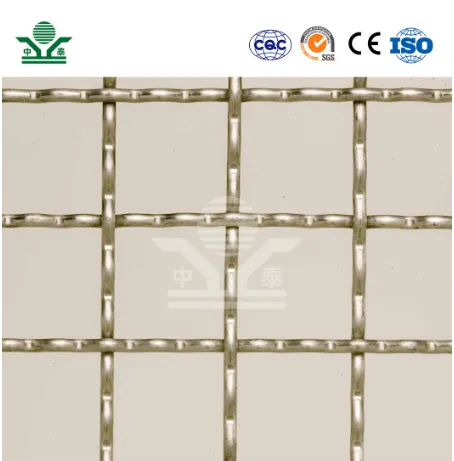The Importance of Construction Site Fence Panels
In the world of construction, safety and security are paramount. One of the most effective and widely used solutions to ensure both is the installation of construction site fence panels. These panels serve many purposes, providing a physical barrier that protects the site, workers, and the general public. Let’s explore the significance of construction site fence panels, their types, benefits, and best practices for installation.
Defining Construction Site Fence Panels
Construction site fence panels are temporary barriers set up around construction sites to secure the area and control access. They are typically made of materials like metal, plastic, or wood and can vary in height, style, and design. The most common type consists of chain-link fencing, which is durable and allows visibility into the site while providing a strong deterrent against unauthorized access.
Key Purposes of Fence Panels
1. Security The primary purpose of fence panels is to provide security. They act as a deterrent against theft, vandalism, and unauthorized entry. Construction sites often house valuable materials and equipment, making them attractive targets for thieves. By erecting sturdy fence panels, site managers can significantly reduce the risk of loss.
2. Safety Construction sites can be hazardous environments, with heavy machinery, deep excavation, and various materials strewn about. Fence panels help to keep unauthorized individuals, especially children, at a safe distance. This is crucial for preventing accidents and ensuring that only trained personnel are present on-site.
3. Site Access Control Proper access control is essential in construction management. Fence panels provide a defined perimeter, allowing only authorized personnel to enter the site. This can be further enhanced with gates that are secured with locks, ensuring that only individuals with permission can gain access.
4. Visual Protection In some cases, construction activities may disrupt local communities due to noise, debris, or visual pollution. Installing solid fence panels can help obscure the construction activities from public view, reducing complaints and easing tensions with nearby residents.
5. Regulatory Compliance Many local governments require safety barriers around construction sites to comply with zoning laws and health regulations. Fence panels help ensure compliance, thereby avoiding potential legal issues or fines.
Types of Construction Site Fence Panels
construction site fence panels

1. Chain-Link Fence Panels These are highly popular due to their cost-effectiveness and ease of installation. They provide visibility while maintaining security, making them ideal for many construction sites.
2. Solid Panels Constructed from wood or vinyl, solid panels are often used in urban areas to block visual access to the site. They are generally more expensive than chain-link but provide better privacy and aesthetics.
3. Bamboo or Mesh Fencing For projects focused on sustainability or those requiring an eco-friendly approach, bamboo or mesh fencing can be used. These materials are lightweight and provide minimal obstruction while maintaining some security.
Best Practices for Installation
1. Location Assessment Before installing fence panels, assess the site's perimeter and identify areas that need more protection. Consider potential access points and the surrounding environment.
2. Use Quality Materials Invest in durable fencing materials that can withstand weather conditions and potential tampering. Quality panels not only provide better security but also last longer, reducing replacement costs.
3. Secure the Bottom Ensure the bottom of the panels is secured to the ground to prevent them from being easily pushed or lifted. This is particularly important in areas prone to wind or where tampering is likely.
4. Regular Inspections Periodically inspect the fence panels for any damages or weaknesses. Addressing issues promptly will help maintain a secure barrier and prevent unauthorized entry.
5. Clear Signage Use clear and visible signage on the fence panels to indicate that the area is a construction zone. Include warnings about potential hazards and restrict access messages.
Conclusion
Construction site fence panels play a critical role in enhancing the safety and security of construction sites. By providing a physical barrier, they protect workers, equipment, and the surrounding community from various risks. With numerous types available and best practices for installation, construction managers can choose the right fencing solution to fit their specific needs, ultimately contributing to the project’s overall success. Emphasizing the importance of fencing is essential for building safer, more secure construction environments in our ever-evolving urban landscapes.
-
Why Galvanized Trench Cover Steel Grating Resists Corrosion
NewsJul.10,2025
-
The Versatility and Strength of Stainless Expanded Metal Mesh
NewsJul.10,2025
-
Load Calculations in Steel Grating Platforms
NewsJul.10,2025
-
Keeping Pets and Kids Safe with Chicken Wire Deck Railing
NewsJul.10,2025
-
Hole Diameter and Pitch for Round Perforated Metal Sheets
NewsJul.10,2025
-
Aluminium Diamond Mesh in Modern Architecture
NewsJul.10,2025
Subscribe now!
Stay up to date with the latest on Fry Steeland industry news.

